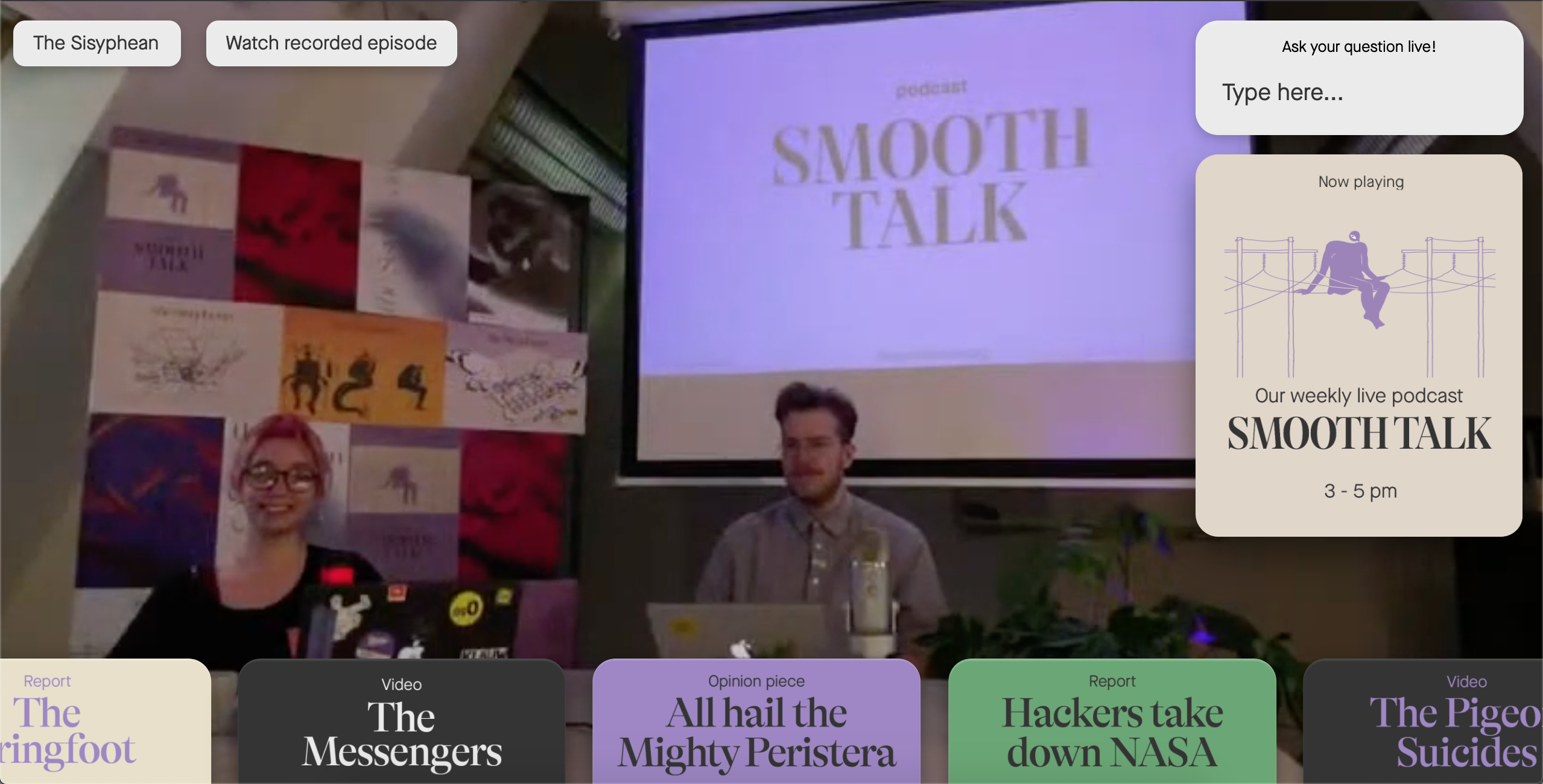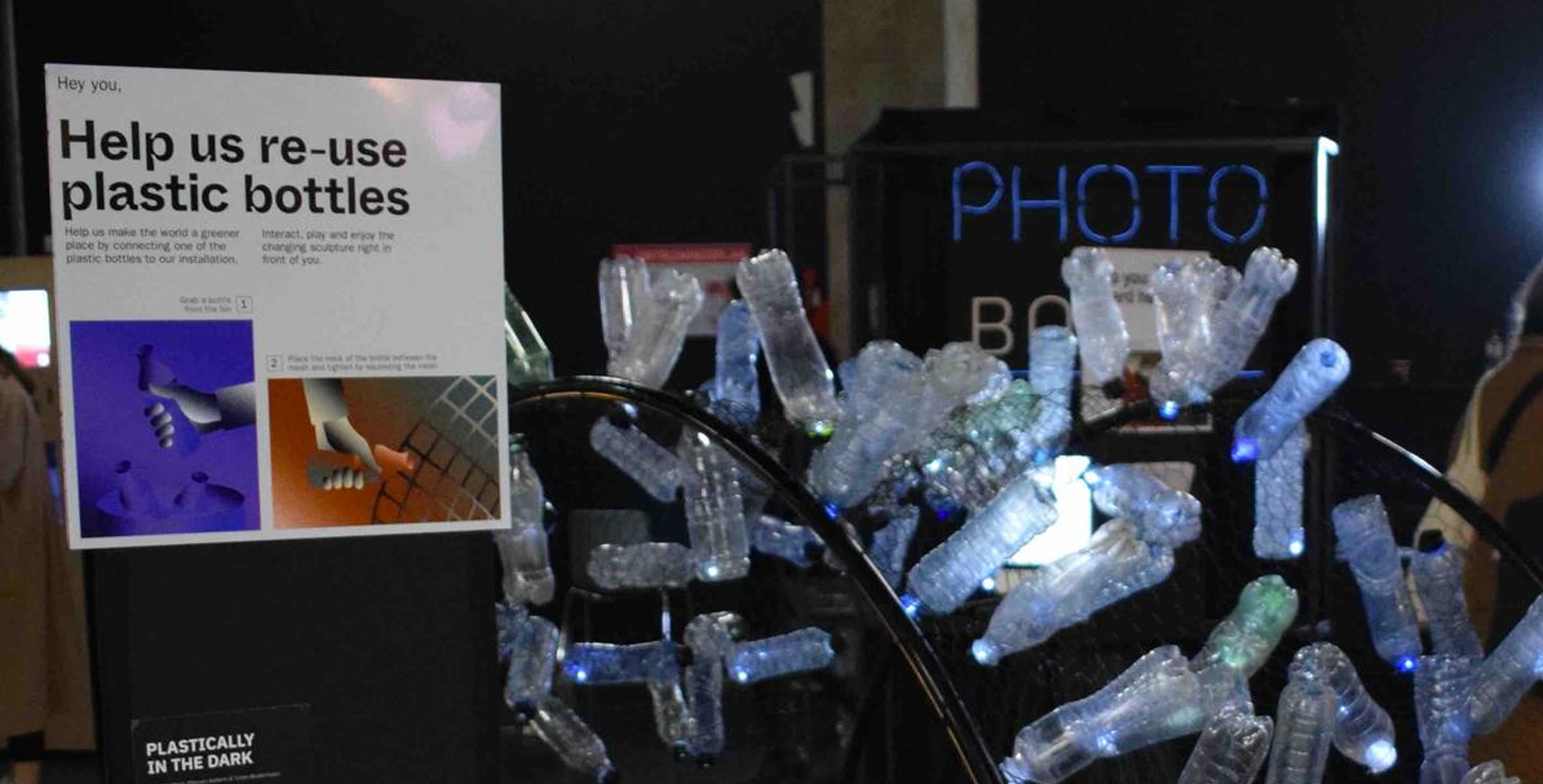Unknowing
The audience is unknowing in the sense that they are not aware of context, content and interaction. This can differ in their general (intrinsic, explicit & tacit) knowledge and interests; how much they are aware of certain spectacles. As a designer you can still design things in a way that won’t connect to the audiences general knowledge at first sight. By not giving away a lot of information beforehand through content, visual design and interaction you can delay the audiences realization of what your narrative is about. This can be used to create elements of surprise, which can provide more engagement and stronger reactions.
User
In this context a user is defined in the sense that someone interacts with something, not that it will necessarily fulfill a need that this person has. The user is someone who is presented with information in a linear or non-linear path, presented in a way that is both defined by the designer and in the way in which the user will interact. This will make the experience different for every user based on their input, but the designer still has the first hand in how different these experiences actually can be. Next to that the experiences between users can also differ through their general (intrinsic, explicit & tacit) knowledge, general interests and their willingness to interact. Interactivity can be used to give a lot of freedom to the user, or can be designed in a more static structure which will provide less options. The user’s willingness to interact depends on the threshold of the interactivity, the designer has to keep their user group and which actions they’re likely to perform in mind.

